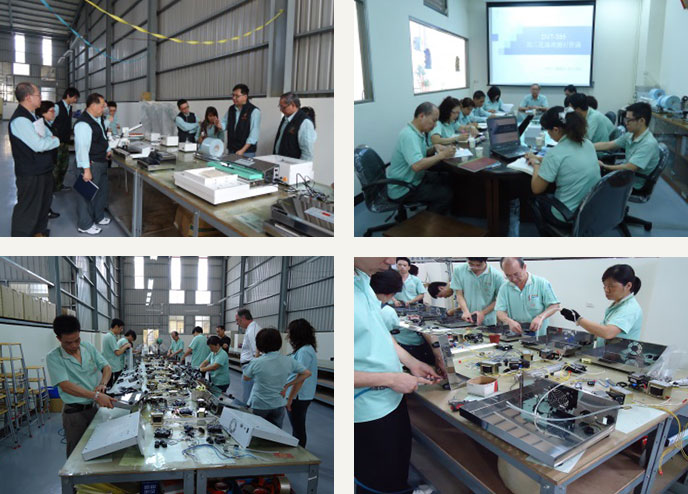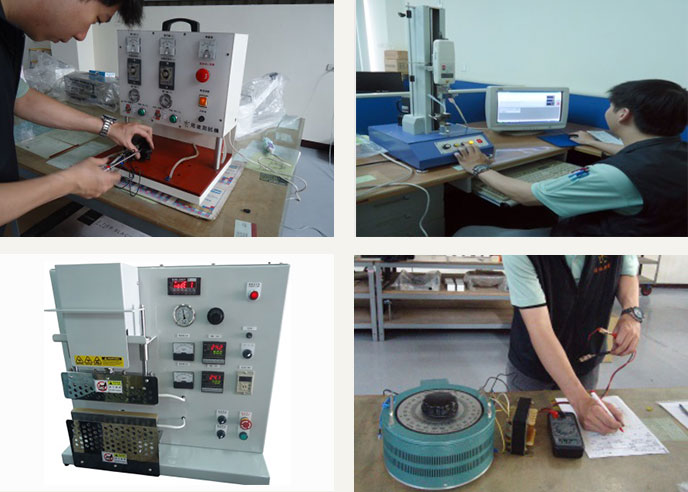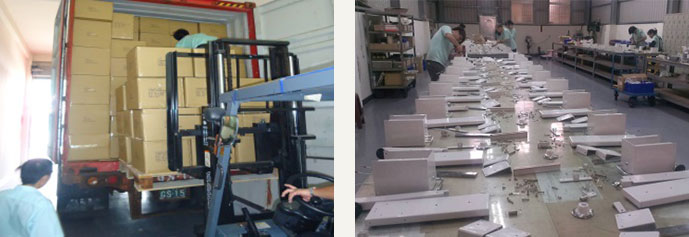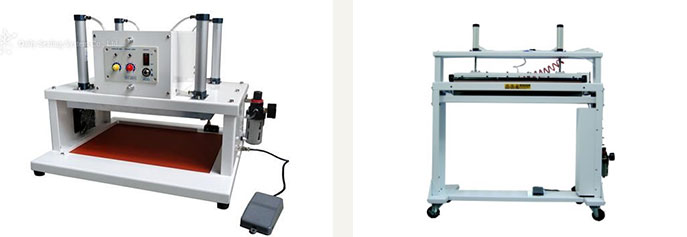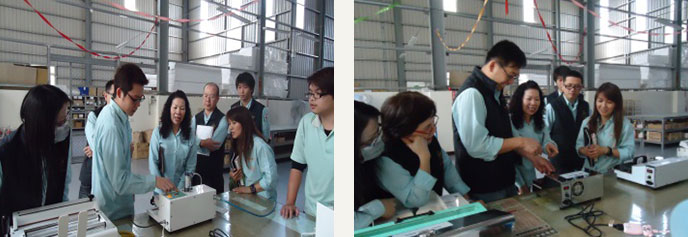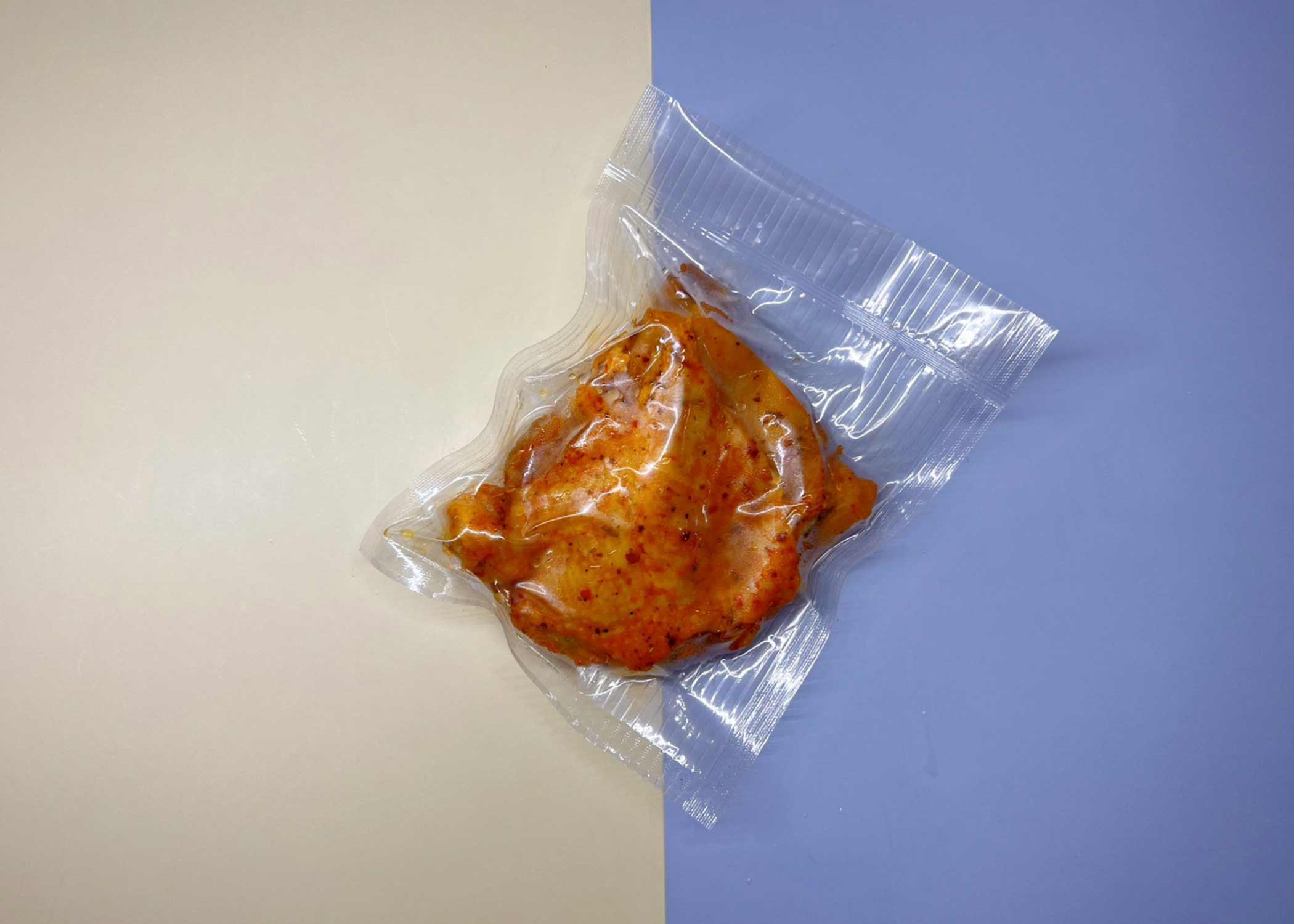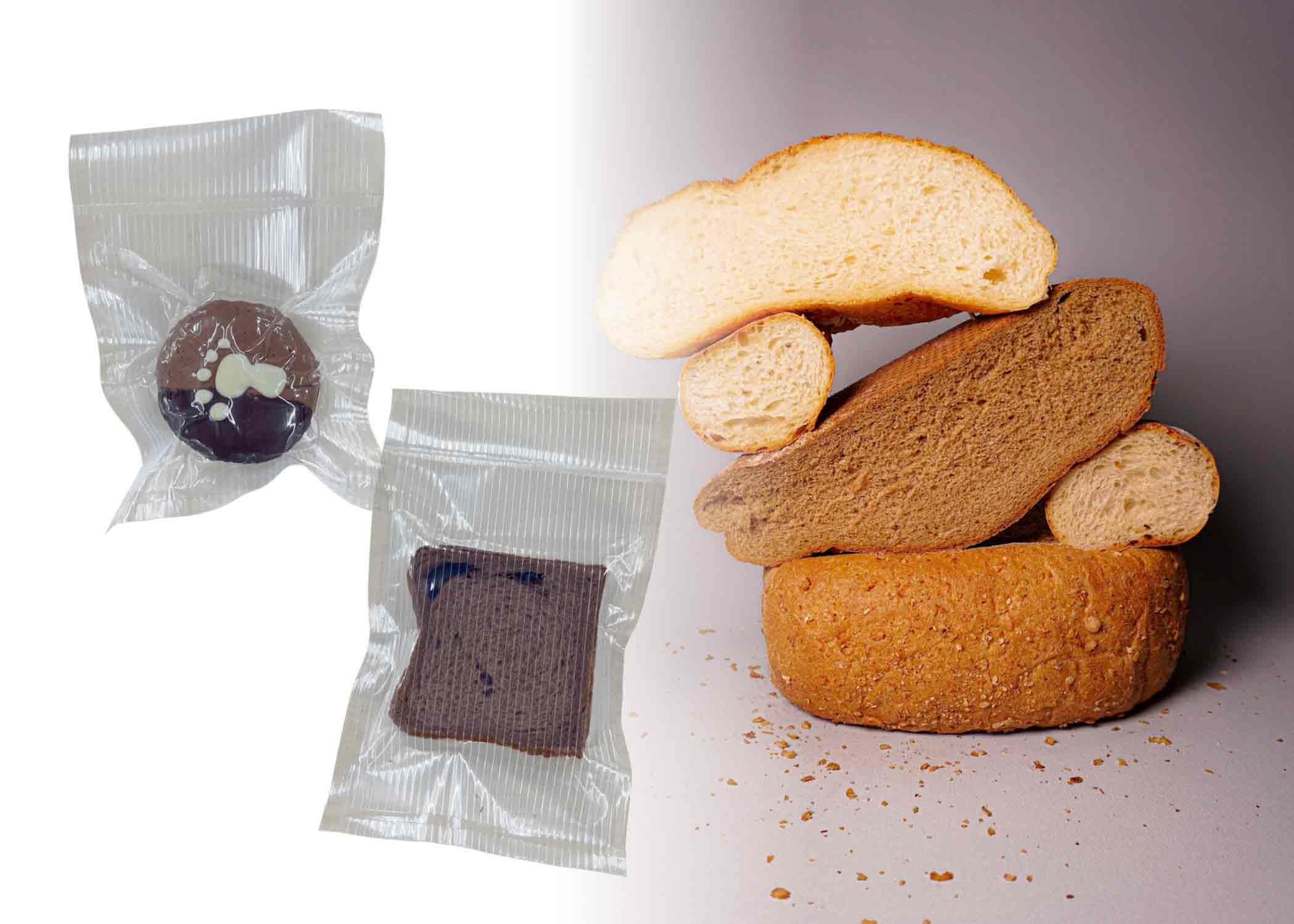Sealing length: 30cm.
Operate mode: foot pedal switch controlled.
Suitable for PP, PE, PVC, NY etc. material bags.
.jpg)
Sealing length: 30cm.
Operate mode: foot pedal switch controlled.
Suitable for PP, PE, PVC, NY etc. material bags.
Motor controlled impulse sealer Detail:
• Made in Taiwan.
• Machine: made of metal plate coating, keeps hygiene and safety.
• Sealing time control: as per package material and degree of thickness to adjust heating time for good sealing quality steadily.
• Including the counting device, which can count the finished seals automatically and pre-set the desirous sealing times (0-999) for the same.
• Motor control: fixing sealing pressure, gives consistent and trim result every time.
• Available for: PE bags, PP bags, aluminum bags, tinfoil bags, KOP bags, antiseptic bags, vacuum nylon bags.
| Model No. | DM-305T |
|---|---|
| Type | Impulse |
| Voltage/Ampere | 220V / 5.2A , 110V / 9.8A |
| Power | 1150W(220V) , 1100W(110V) |
| Sealing time | 0~3 seconds. |
| Cooling time | 0~9 seconds. |
| Machine weight | 17.7 kgs |
| Machine size | 390x385x185mm (LxWxH) |
| Sealing width | 312 x 5mm |
